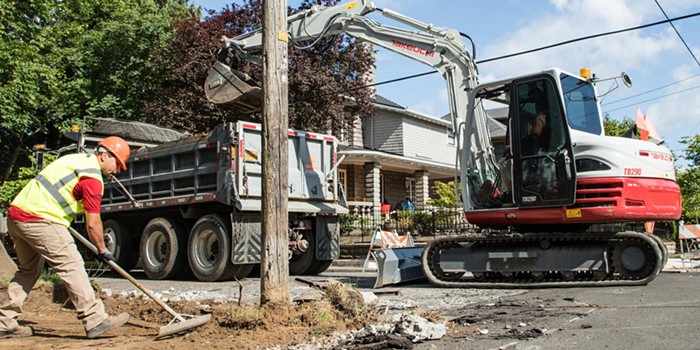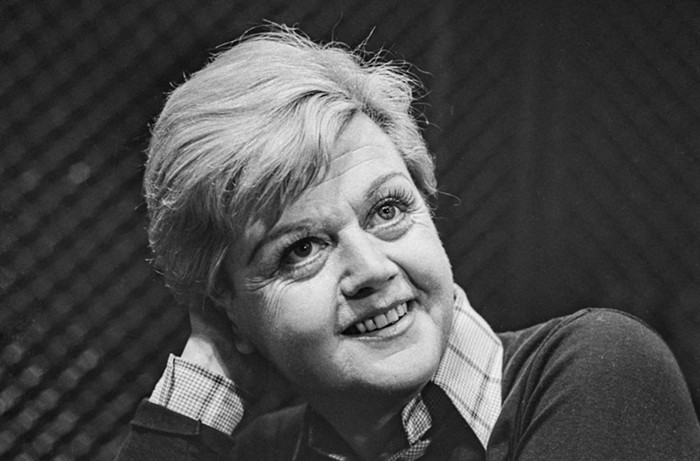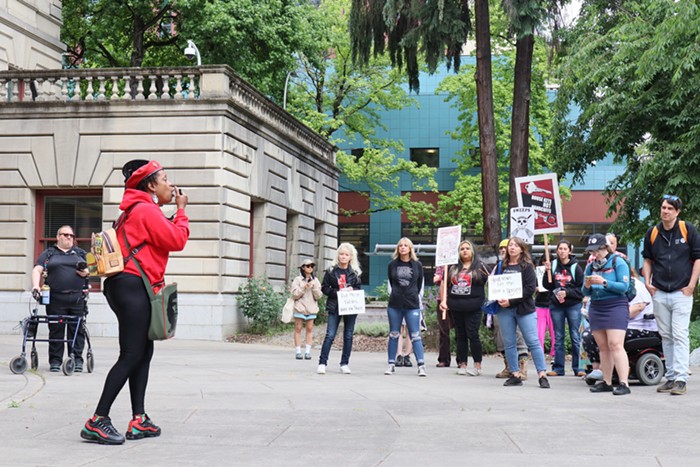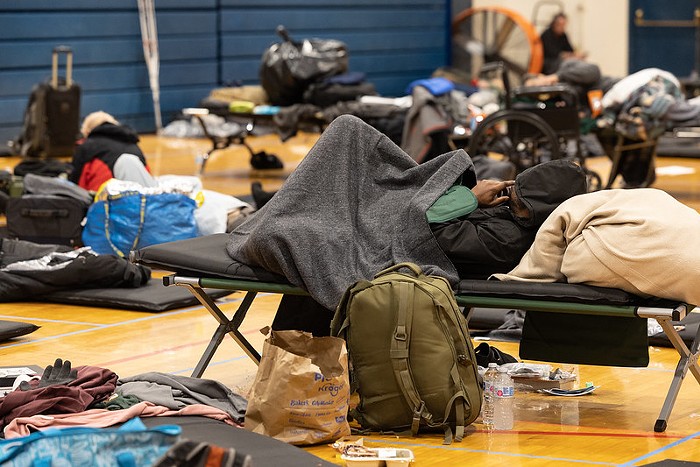
Oregon health officials are attributing the recent spike in COVID-19 cases to the July 4th holiday, the relaxation of masking and safety requirements amongst unvaccinated people, and the rise of the Delta variant of the virus.
Since July 1, the day after Oregon lifted the majority of its COVID restrictions, the state has seen a 208 percent increase in daily COVID cases, a jump from 181 to 378. The state has also seen a 70 percent increase in hospitalizations since July 9. According to the most recent data from the Oregon Health Authority (OHA), 92 percent of Oregonians who tested positive for COVID in June were not fully vaccinated.
State officials like Governor Kate Brown and OHA director Patrick Allen have repeatedly characterized COVID’s spread amongst vaccinated and unvaccinated people as the “tale of two pandemics.” According to OHA, vaccinated Oregonians are protected from the virus—and the virus variants, like the Delta strain—while unvaccinated people, many of whom are people of color, have a high risk of catching the COVID Delta variant, which is twice as transmissible as the original strain.
Multnomah County Health Officer Jennifer Vines told the Mercury that when the state reached Brown’s threshold for lifting safety requirements—70 percent of adults partially vaccinated, or June 31, whichever was sooner—Oregon was still far from reaching herd immunity, which is when enough of the population has been vaccinated that the virus can no longer spread through the community.
“The virus is going to spread easily now that the Delta variant is really dominant, so it’s going to find unvaccinated people,” Vines said. "It’s really a question of when, not if.”
According to an OHA spokesperson, COVID variants like the Delta and Gamma variants were already circulating in Oregon and cases were expected to increase even before Governor Brown lifted most safety restrictions at the end of June. But OHA epidemiologist Dean Sidelinger said the increases have been even more severe than the agency’s predictions.
“We are seeing a troubling trajectory for COVID-19 related hospitalizations, a pattern that could lead to the statewide impacts on patient care we experienced last fall and winter,” Sidelinger said during a Wednesday press conference. “The emergence of the highly contagious [Delta] variant should be a red alert for those who remain unvaccinated. You are at higher risk now than you were earlier in the pandemic and you’re putting the people around you at risk.”
If the increase in cases leads to a sustained week over week increase in cases that require hospitalization, the OHA will consider reintroducing mask-wearing requirements.
The lifting of safety requirements last month also marked a transition in public health leadership. OHA is now acting in a supporting role to individual county health departments, which now have the ability to determine their own guidelines. Vines says Multnomah County is still determining what severity the spike in cases needs to reach before reinstating COVID safety requirements.
“We’re wrestling with that right now,” Vines said. “You’ve got to do your prevention before you see serious signs of a problem, otherwise you’ve missed your window. At the same time, there is so much COVID fatigue that there really are questions about what is the role of government at this point.”
Getting people, especially people of color, vaccinated is still the county’s primary effort. Interim Multnomah County Health Director Ebony Clarke spoke about vaccine inequity during a July 22 vaccine event at The People’s Market at Rockwood, a community market on the cusp of East Portland. While 74 percent of Oregon adults have received at least one shot of the vaccine, less than 50 percent of Oregon’s adults of color have received at least one dose.
“Why is that a problem for our communities?” Clarke said. “We are more impacted by chronic diseases such as diabetes and high blood pressure, and those types of things put us more at risk to be negatively impacted by COVID-19.”
Clarke announced anyone receiving their first shot at a county vaccine event will receive a $100 gift card that can be used to help with costs like travel, childcare, or time missed from work to get the vaccine. People receiving their second shot and people who brought someone else to get a vaccine will receive a $50 gift card.
Vaccine information and events can be found on the county’s website.



















